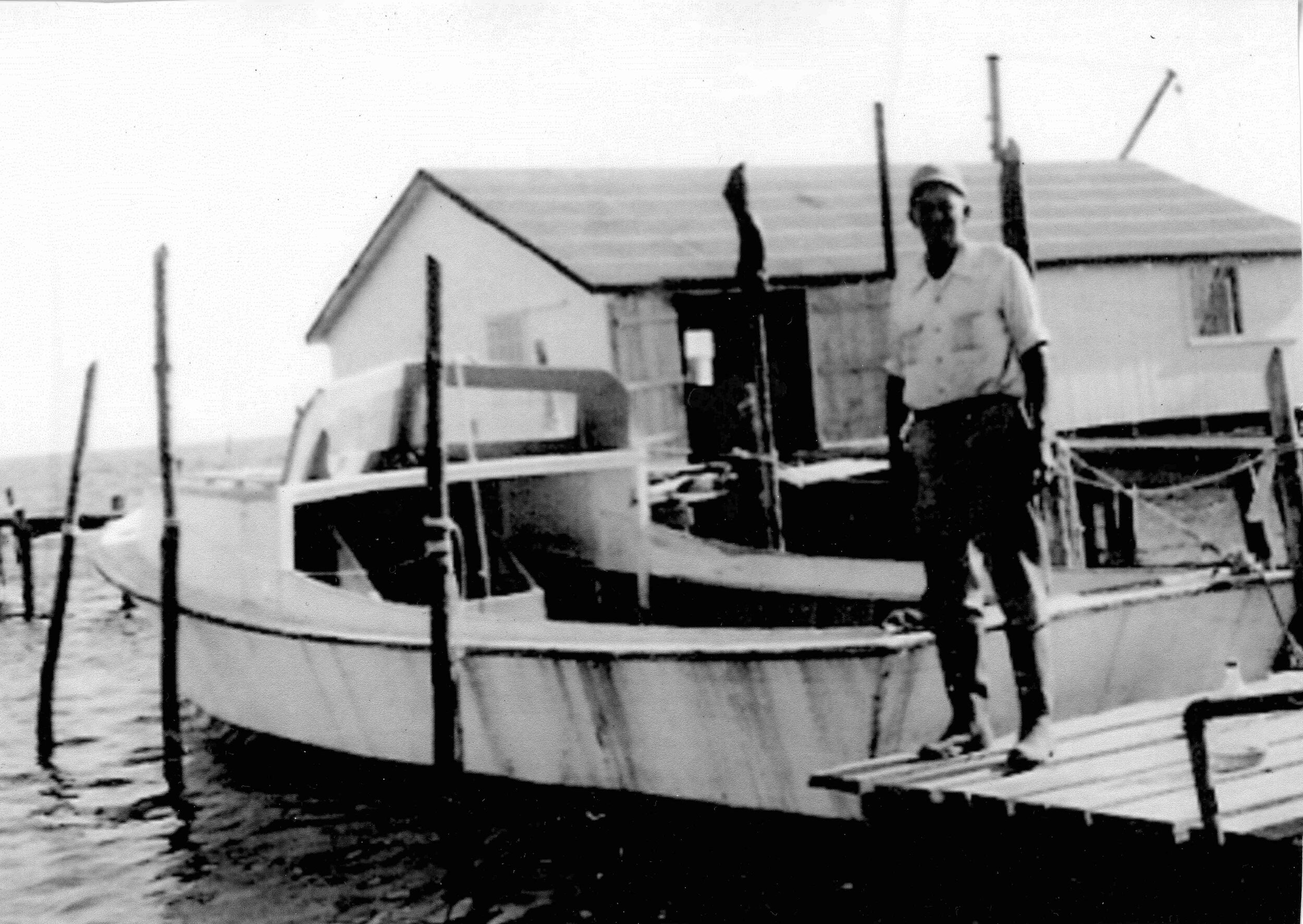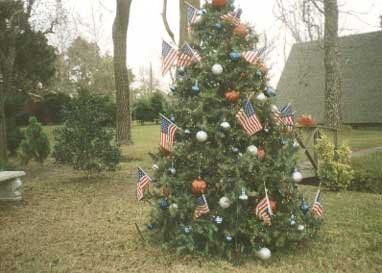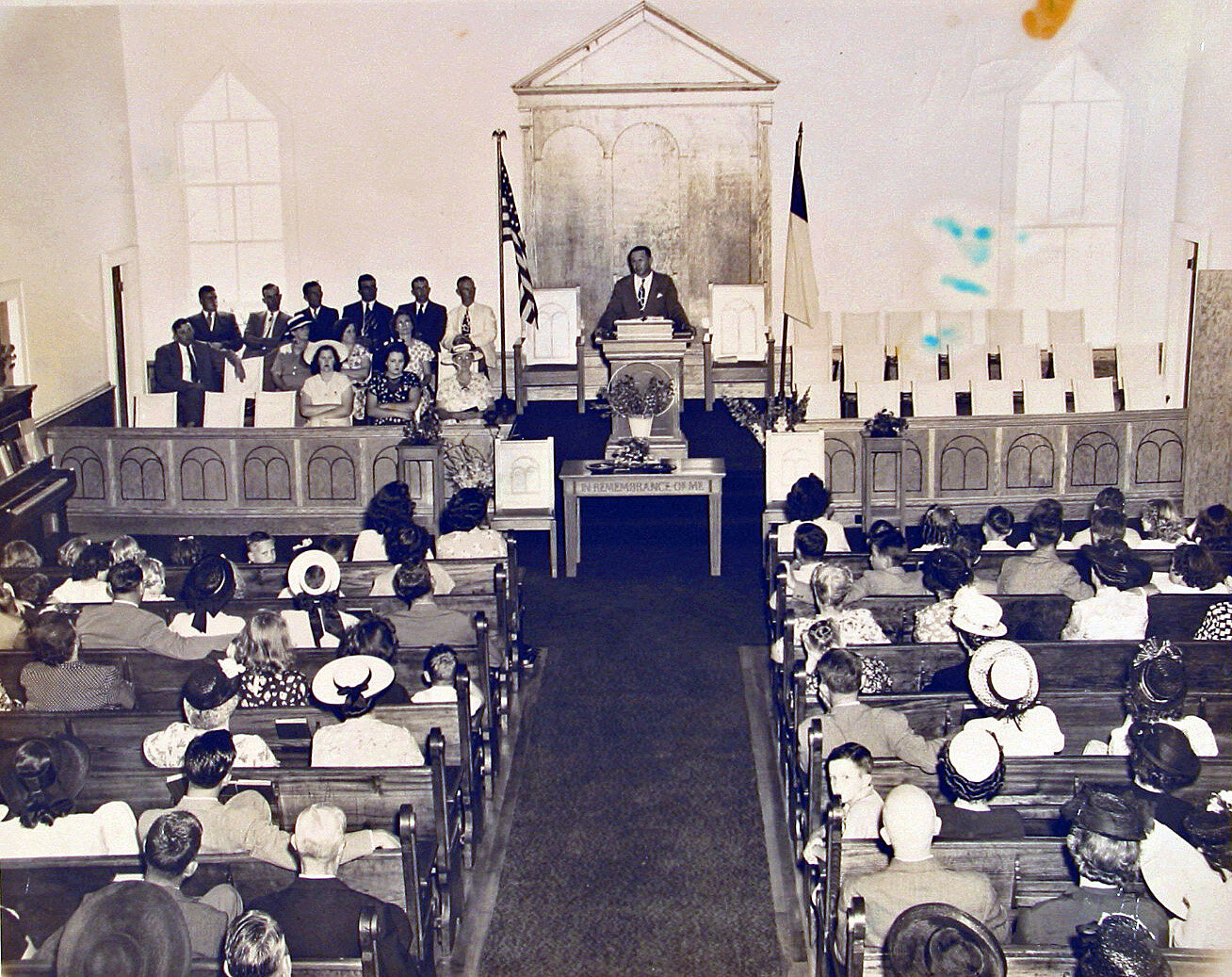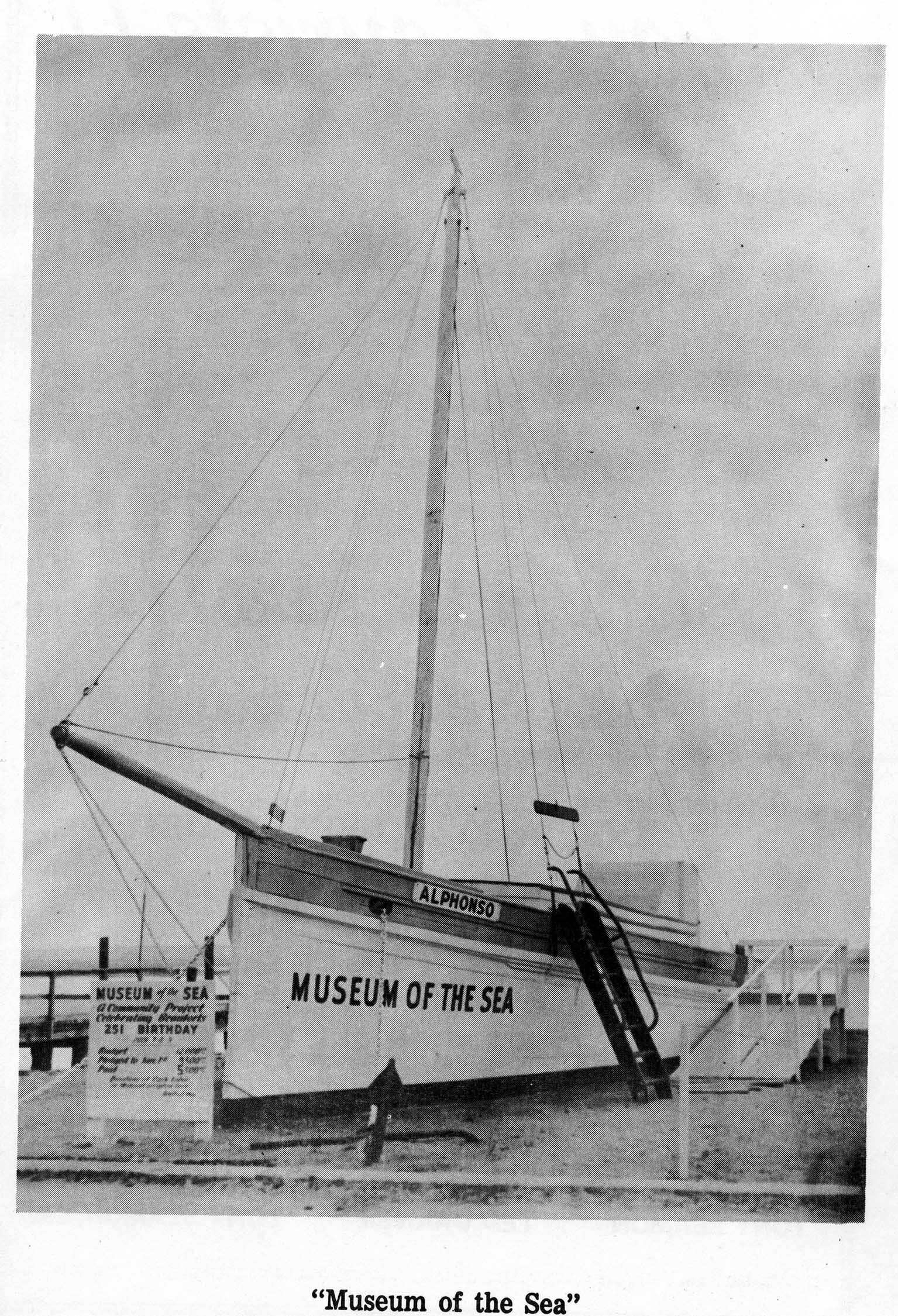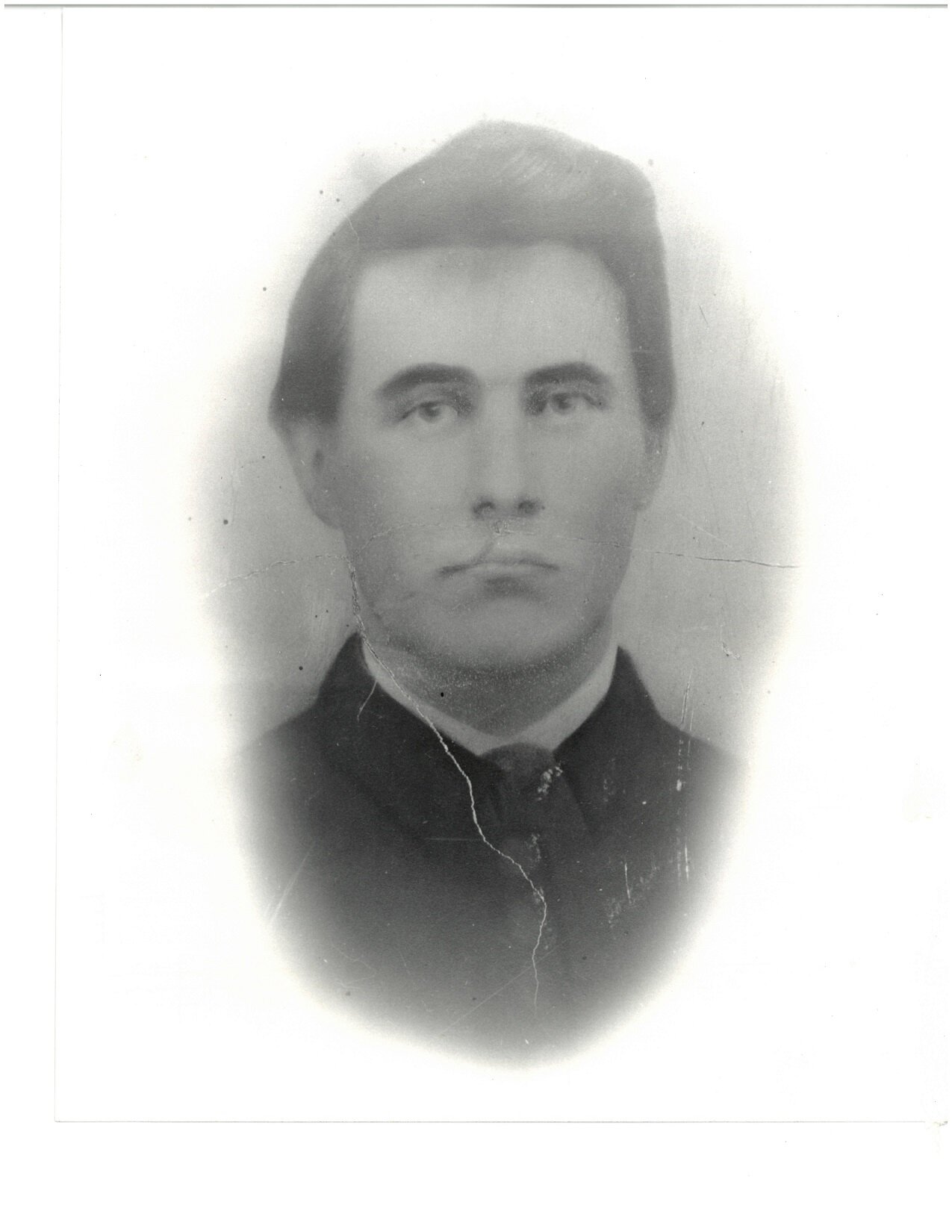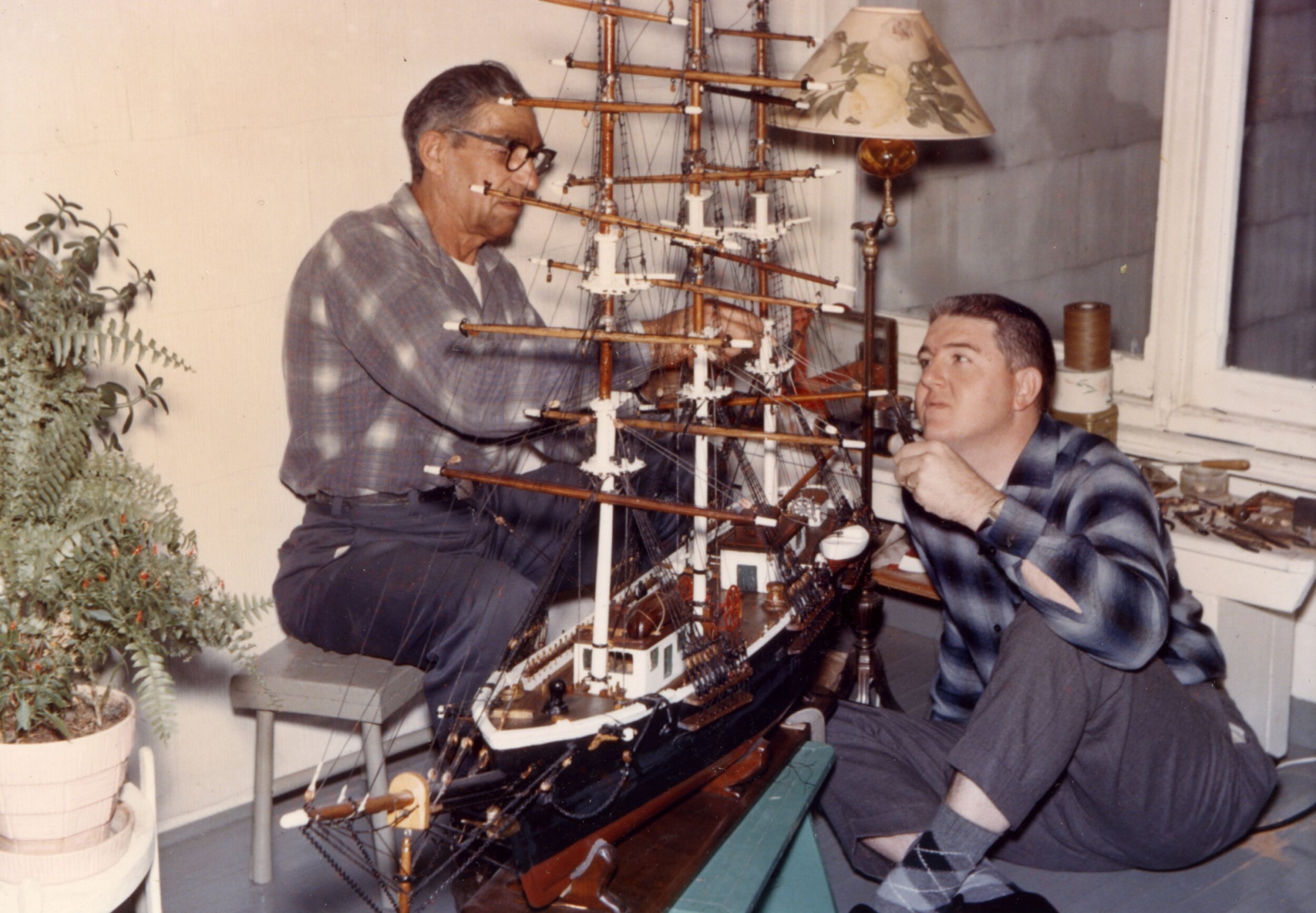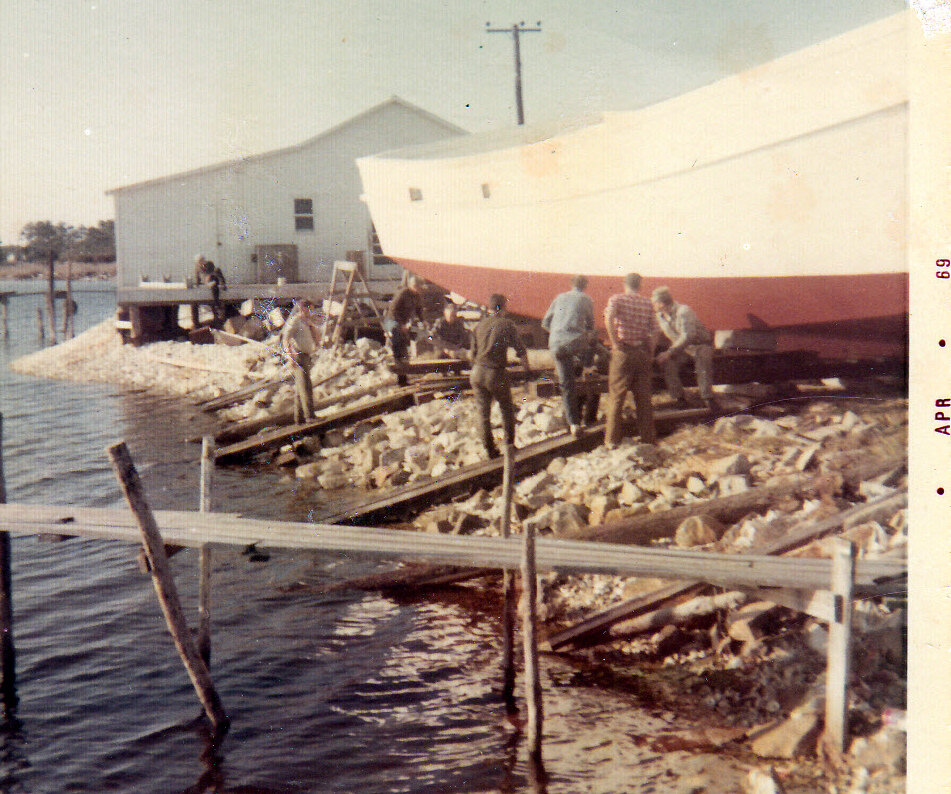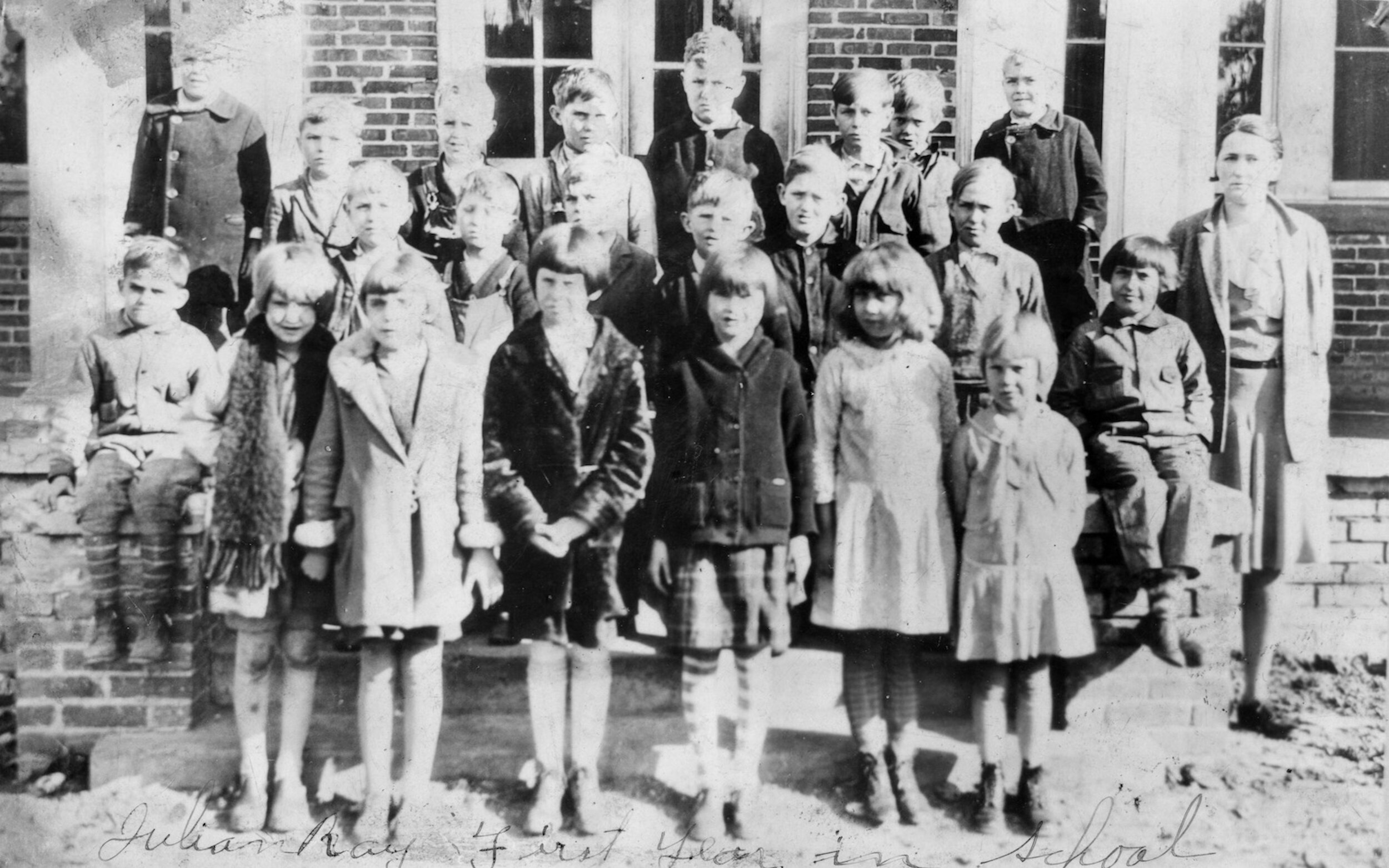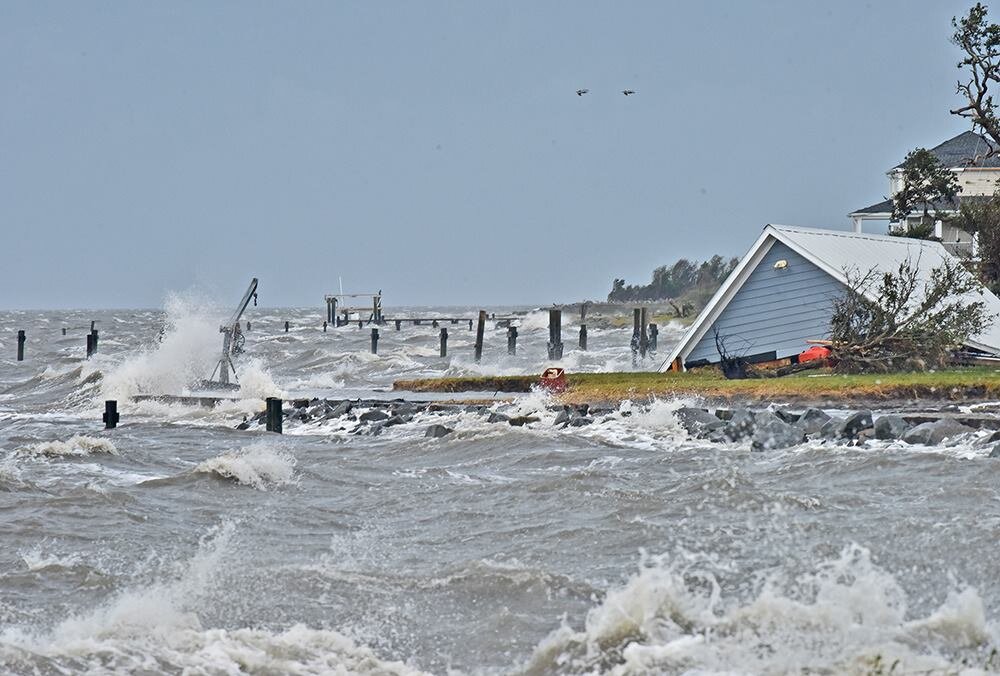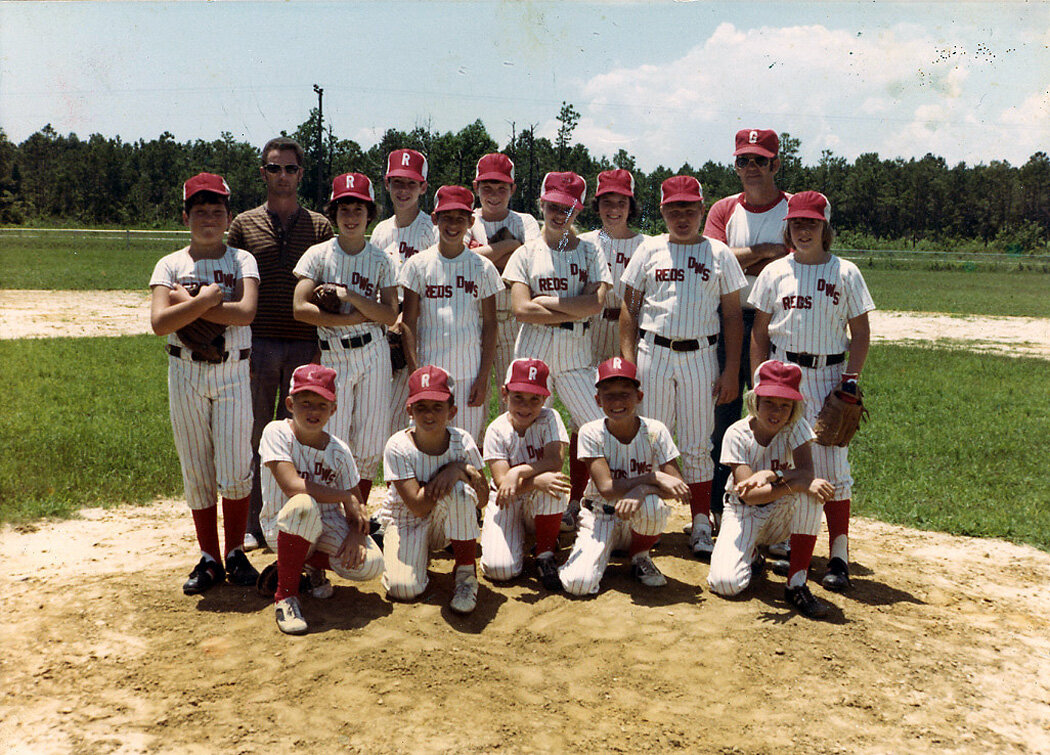Introduction
Tell me of a place more perfect and I’ll say it isn’t true.
Ira Leon Willis, Davis
Midway between Bettie and Cedar Island is Davis, the geographical center of Down East. Also known as Davis Shore, a name harking back to the days of boat travel, people who live in Davis call themselves “Davis Shoremen,” no matter what their age or gender. They also say they live on Davis Shore, not in Davis Shore, another maritime hold-over.
“We are pure Core Sounders,” said Elizabeth Salter Ritchey. “We love it and we thank God every day for giving us the opportunity to live where we live.”
Davis has three churches, all of them Baptist: the First Baptist Church, the Davis First Baptist Church, and the Free Will Baptist Church. Life-long resident Milton Styron, whose twin brother was a preacher, was once asked why all three churches in the community were Baptist.
“The reasons are deep,” he said. “We don’t have enough time to do that topic justice.”
Davis residents cheerfully explain that their community is divided into the “up the road” section and the “down the road” section, one populated by Democrats and the other Republicans. "In my church," a local recalled, "the Republicans literally sat on the right of the aisle and the Democrats on the left - which was considerably less populated!"
At the Davis crossroads, where Highway 70 turns sharply north toward the Cedar Island ferry terminal, has its own tradition. The corner gets “decorated” under the cover of darkness each Halloween in a tradition which has long served as a rite of passage for Davis teenagers. The morning after Halloween residents wake to find the corner bedecked with a "haunted" outhouse and other assorted junk, including rusted cars, old crab pots, closed-to-fishing signs, and other “found” items.
On the other corner is Davis Shore Provisions, built in 1942 as Johnny Davis’ Store. Davis Shore Provisions carries Down East-themed gifts, local artisan works, home baked goods, crab pot Christmas trees and decoys from local carvers. The restoration of this important icon from Davis’ community history was a welcome effort for the community, helping residents and visitors alike to appreciate the history it represents.
Davis is a jumping off point to Cape Lookout National Seashore’s Great Island Camp on south Core Banks. Davis Shore Ferry and Cape Lookout Cabins and Camps transport passengers and four-wheel drive vehicles across Core Sound to the seashore. The camp is made up of twenty primitive cabins, managed by the National Park Service (reservations can be made at www.recreation.gov). The cabins are equipped with generators and propane tanks for basic amenities such as hot water, refrigeration, gas stoves and flush toilets. Camping on Core Banks is an unforgettable experience of beautiful sunrises, endless beach wandering, first-class surf fishing, clamming and birding.
Davis Shore has been welcoming visitors to Core Sound since the early 1900s. This community was once the center of waterfowling traditions along Core Sound with more hunting and fishing guides than any other of the other communities in the 1930s and 1940s. During that time, Davis Shore hosted the likes of Babe Ruth and Franklin D. Roosevelt who came to hunt along Core Banks. Frances Murphy, Albert Murphy, and Ammie Willis were well-known guides for sportsmen at the Core Banks Rod and Gun Club. Ammie Paul and Henry Murphy were first –rate decoy carvers as well.
James Styron Fish Company in Davis recently closed its doors. James Styron started the wholesale business in Beaufort and eventually moving it to his home community in Davis. For many years, he operated a bait operation, running two vessels that fished for menhaden in Core Sound. Menhaden is an oily, boney fish used to make fish meal and oil (a rendering plant once operated on Oyster Creek in Davis), or for bait by crabbers and sport fishermen. Davis Shore menhaden crews were known affectionately as the “Mosquito Fleet” by the larger crews working out of Beaufort.
“Milton Styron was a true fisheries warrior,” wrote Pam Morris, in reference to the patriarch of Davis Shore. “Mr. Milton” was a born and bred “Core Sounder” fisherman until his death in 2015. Featured in the documentary Core.Sounders: Living From the Sea by the North Carolina Language and Life Project, Milton Styron did every kind of fishing. He crabbed, fished, shrimped, and even worked as a crewman on the menhaden “mosquito” fleet. He was a fierce advocate for the industry, and attended countless fisheries meetings. At a heated public meeting in Atlantic, Milton Styron famously waved the jawbone of an ass to make his point. Former fisheries commission chair, Jimmy Johnson, talks about that to this day.
Milton Styron is remembered for his encyclopedic knowledge about fisheries ecology and behavior, and his impressive memory of every storm, drought, freeze, and flood that impacted the coast since the ’33 storm. He was also a great storyteller, often holding court in his favorite chair next to his wife Ruby. His tale about getting attacked by a rabid fox and “putting him out of business” with a brick has become legendary. He mostly liked to talk about fishing.
“Buddy, my twin brother and I were just six or seven years old, and Granddaddy took us fishing one day - we had the best time!” Milton spoke with heavy dialect, and punctuated his stories with heavy pauses. “So the next day, we sat in the swing and cried because they had left us.” The moral of the story: he was never left ashore again, and spent his whole life on the deck of a fishing boat. “A loaded boat looks the best to me.”
Davis’ history includes the compelling story of Davis Ridge, a neighboring community made up of African American families who thrived from the 1860s until 1933. Slave owner Nathan Davis deeded the “Ridge” property to Sutton Davis and other former slaves after the Civil War, whereupon they established themselves as avid fishermen, boatbuilders, and farmers.
Sutton Davis built a fish factory where menhaden “scrap” was dried and marketed as fertilizer. He and his crew built two large fishing schooners, the Shamrock and the Mary Reaves. By all accounts the blacks and whites of Davis Shore worked together on many fronts and shared a great mutual respect.
But the Davis Ridge community was especially devastated by the 1933 storm. The inhabitants, in fact, had to join hands and wade to higher ground. They ended up settling in Beaufort and began a new life there. Some, like Adrian Davis and Herbert Davis, became top captains in the county’s menhaden fleet. Captain David Davis died tragically with his crew upon the sinking of the Parkins in Beaufort Inlet during a storm in the winter of 1942.
Davis was the site of an army camp from 1941-1945. Although much was top secret during the World War II period, Davis resident Ed Pond surmises that the camp was a radar base. A 150-foot rotating tower that was in operation, he surmised, was used to track German submarines. Davis Shore families, concerned for the soldiers and their tent encampments which were frequently invaded by clouds of marsh mosquitoes, offered to house, feed, and do the men's laundry. A former soldier at the camp, who not only found a warm welcome but met his future wife in Davis, wrote a letter to Ed Pond many years later emphasizing “the people were so hospitable and kind – indeed some of the finest people I’ve met.”
Luther Lewis and Son Seafood is on the east side of Highway 70 at the foot of the Oyster Creek Bridge. Started as a crab picking plant by Luther Lewis and his son James Paul in 1962, the company expanded into shrimp, fish, clams, and scallops. In recent years, the company limited itself to crab meat once again. After a storm damaged their facility facing a flood of imported crabmeat, the family stopped picking in 1998. The imports undercut domestic prices, making it less economical to hire people to pick crabs.
“So I started making crab cakes,” Nancy Lewis said. She explained to her husband James Paul Lewis that she could never find a decent crab cake in a restaurant, so she aimed to start her own market. On her first day, as she was mixing up crabmeats, buyers from a major food distributor stopped in to sample her crabmeat. “Three head buyers dressed in their suits - they said, ‘What are you doing?’ And I said, ‘Well, I’m mixing up some crab cakes.’ They said, ‘Well let us try them.’ They put them in their line that day.”
From “Living at the Water’s Edge: A Heritage Guide to the Outer Banks Byway”

